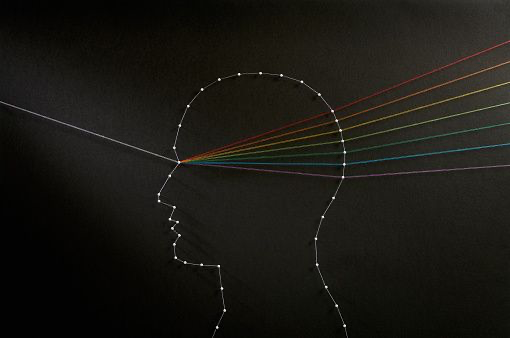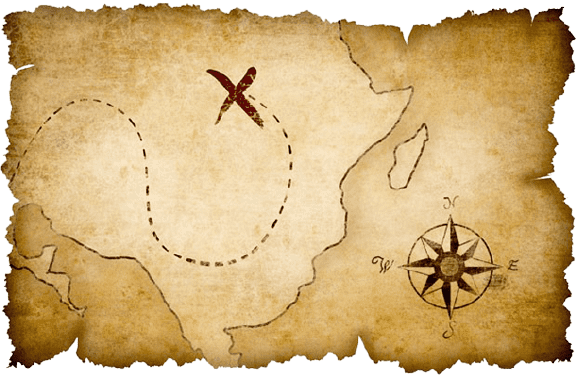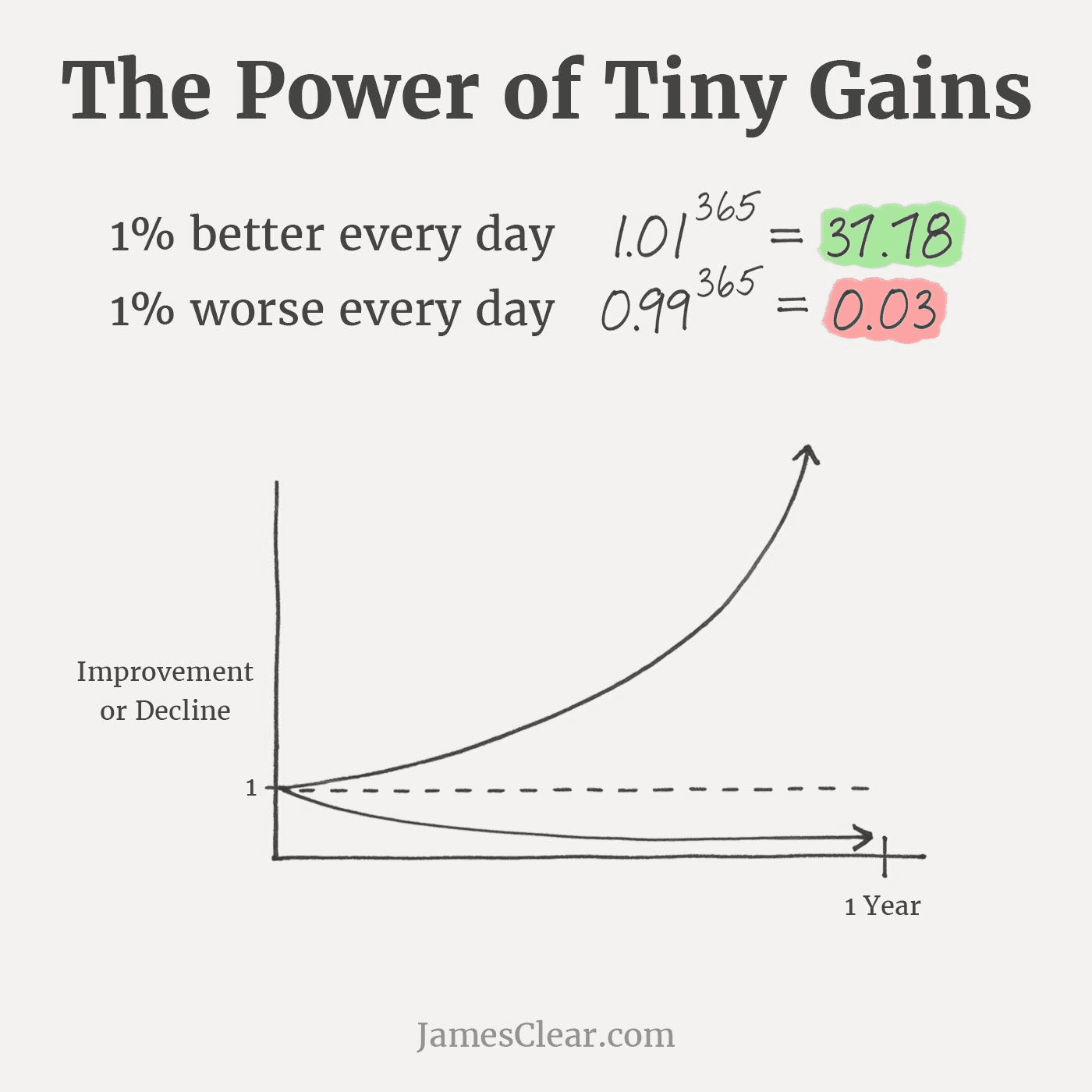3 Learnings from Journaling Daily in 2020
What a wild year it’s been. 2020 was such a mess, but I picked up a new habit at the end of 2019 that helped me keep my head on straight. I decided to start using Dropbox Paper to capture my daily thoughts and experiences through 2020. It took some getting used to at first, but became a valuable habit.
Here are 3 things I’ve learned from documenting the past year of my life that I’m going to break down to help you get started with journaling, should you want to try it yourself.
Write something
When friction is low, habits are easy
It’s the journey AND the destination
1. Write Something
There is only one rule. “Write something for every day." 1 word, 1 pic, 1 link, 1 video…. something. ‘For’ is actually a key word in that last sentence. It’s not about writing something down on the exact day that it happened, but rather writing down something for each day. There are days when I may miss writing something down and that’s totally fine. I’ll just go back the next day and fill in whatever happened. I live a dynamic life and instead of being overly stringent about journaling every day, I journal when it works best for me.
The true importance is that I reflect on each day, and capture something to cement that moment in time. I’ve learned that the saying “a picture is worth a thousand words” is true in the context of journaling. It’s amazing how much of a day I can remember from one image. That one cue unlocks a slew of surrounding memories. It could be anything. A screenshot, selfie, food pic, or even a random snap with no posing at all: the imagery provides context that helps me recollect the deeper details of any particular experience.
mind prism
This goes a step further with a video or audio recordings. I cherish coming across a funny clip of a friend dancing like a goofball or listening to an insightful audio recording from a deep conversation. The richer the media, the richer the recall - and the combo of text, visuals and sound is the best of all.
2. When friction is low, habits are easy
I recently read a book called, “Atomic Habits” by James Clear that explains the techniques for building good habits. One of the messages that stuck with me from the book was, “When friction is low, habits are easy.” So true.
Here’s an example. Say there are two people who want to create a new habit of running everyday. One has a treadmill at home and the other runs on a treadmill at the gym. Each goes through a set of steps before they can start running.
| Run at home | Run at gym | |
| 1 | Put on running clothes | Put on running clothes |
| 2 | Start treadmill | Get in car |
| 3 | Start running | Drive to gym |
| 4 | Put gymbag in locker | |
| 5 | Wait for open treadmill | |
| 6 | Start treadmill | |
| 7 | Start running |
The person running at the gym has to take over twice as many steps to start running. Now it’s not impossible for the person at the gym to create a daily running habit, but those extra steps require additional time and effort making it more difficult to stay consistent. The same principle applies to journaling. The easier to start, the easier to stay consistent.
Ease of use is why I decided to use Dropbox Paper for my digital journal. Paper is available on my phone, tablet, and computer; making it easy to capture what I’m doing no matter where my day takes me. Paper’s integration with Dropbox is another key element. I use Dropbox for my file management making it simple for me to add files into my Paper doc; and they elegantly embed as photos, videos, urls etc.
While the Dropbox ecosystem works well for me, I encourage you to choose whatever system that has the least friction for your daily routine.
3. It’s the journey AND the destination
When you look at life, there are three perspectives you can take: reflecting on the past, living in the present or planning for the future. There are varying opinions about which frame of time to focus on, but I’m not going to go into any of that. They are all important. I’m going to focus on how journaling serves as the ideal medium for creating balance across these different perspectives of time.
treasure map
Past - Keeping a record of each day makes it easy to reflect on moments of the past. What did I do last Wednesday? Do you remember that time we visited the Hirshhorn Museum for your birthday? Each memory is saved in reverse chronological order allowing me to jump back and reminisce on my experiences and mindset at any point in time. It’s as close to being able to time travel as you can get.
Present - Journaling forces me to acknowledge my thoughts each day. What’s happening in my life? How am I feeling? Am I being productive? These questions focus my attention on the present and push me to live in the now. It’s helped me build my awareness of the current moment and embrace the agency I have over my life.
Future - A destination provides direction; a target to compel you forward. Taking time to envision my future and set goals enables me to identify what steps to take on my journey. I use my journal as a way to lay out my objectives and hold myself accountable as I work toward my ambitions.
My journal is a time machine, serving as as a portal to the past, grounding me in the present and bringing clarity to where I’m headed.
Takeaway
If you’re looking to try journaling out for yourself, I encourage you to go for it! Start small and look for ways to make it easy in your daily flow. If you have any questions about journaling or have your own tips to share - hit me up on twitter @rtluu.
Extra Note:
One more note on habits. Good habits breed better habits and their value compounds over time. After I started journaling daily, it led me to pick up other positive habits such as intermittent fasting and an at-home workout routine. Start small and watch the investment in yourself grow across the different facets of your life!


